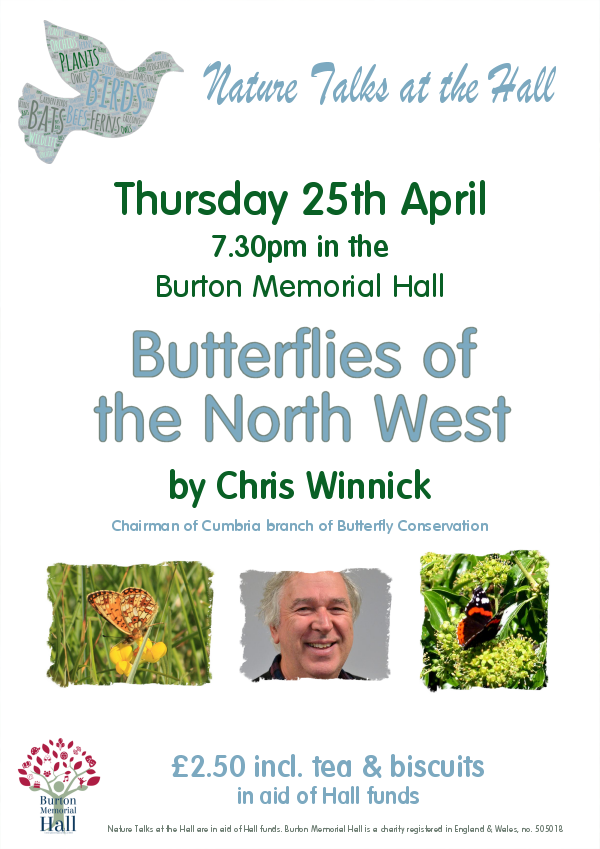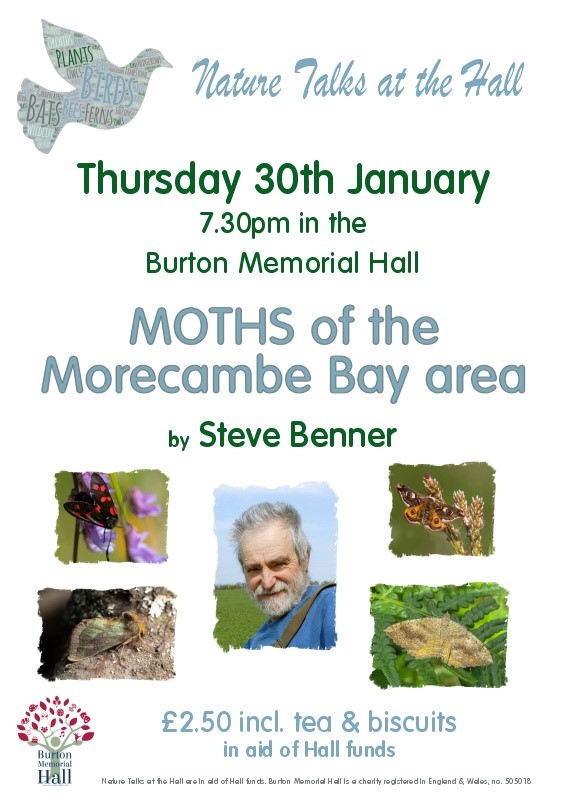| Todays garden was Holme Park Fell checking out almost everything I could |
Tuesday 12th September 2017 - Holme Park Fell, (Hutton Roof Complex) 0800hrs to 1200hrs
My mission today was to go and find "Polystitchum" ferns notably the "Aculeatum" (Hard Shield Ferns), but not the straightforward ones but specimens which came under the heading of variety. The weather was OK one moment, and before long a terrific downpour and wasn't I thankful for my little umbrella. On my way going through the Holme Stinted Pastures I could hear a couple of Willow Warblers along with lots of other mixed calls from several others of the commoner species. My highlight came shortly after ascending up on the Fell with three Whinchat posing on the uppermost branch of one of the sparse larger trees that you find on the fell. The wind was quite strong as well and not the best day for passing birds, although I did have the odd Swallows and Meadow Pipits willing to brave it with their exit South. I did also look for Pink Footed Geese because I usually get them around this date but none today were recorded.
I managed to find a further 6 Dark Red Helleborines (E. Atrorubens) and 1 Broad Leaved Helleborine (E. Helleborine) - obviously gone over now, also close by a nice little colony of Lily of the Valley (obviously gone over now). Additionally it was a pleasure to find Birds Foot Sedge (Carex Ornithopoda) - Nine clumps.
Of special interest for today was searching out some of the spent Aculeatums I did find one which had a split at the top of the frond and many others, but the special thing was that they are taking on a "lonchitis" feel to some of their pinnae on the upper parts and maybe something is going on here with some of them. Here are a couple of photos to try and show you what I mean.
| Aculeatum with a division of the rachis near to the tip (Click over to enlarge) |
| Interesting Aculeatum fronds (Click over to enlarge) |
In the top frond you can see a division in the rachis (ramosum) close to the tip, but also you also see how the pinnae is more fused and almost typical to what you might see in the lonchitis (holly fern), also if you look at the bottom photo you see a frond showing the scythe feature more associated with lonchitis, but more important in this photo is the small frond which is at the left hand side at the bottom with some of its pinnae going over, you can well see the "lonchitis" shapes here. Its all very interesting and give some good indications that something is going on here. I have consulted with my good friend Alec (fern guru) and he also is very interested in what might be going on here.
A couple more photos showing the lie of the land at my search points.
| Both of these photos show roughly the area where I have been working (Click over to enlarge) |
Some lovely shapes up here - please click over to enlarge

.jpg)
.jpg)




.jpg)




+(Small).jpg)
.JPG)




















